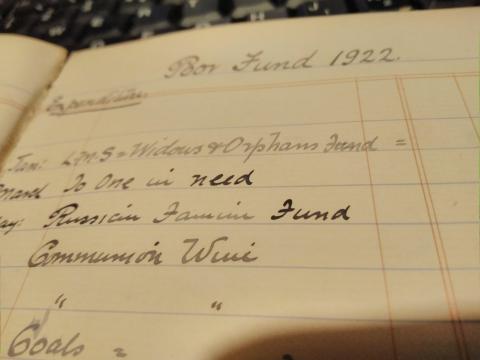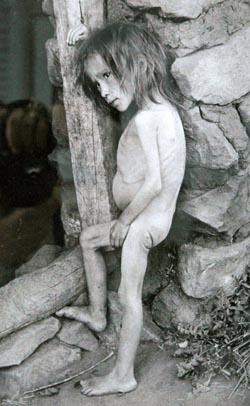Martin Top & the Russian Famine

I've found the ‘Congregational Church, Martin Top’ Poor Fund Treasurer’s Book. It begins in March 1902 and runs till 1953, after which it becomes an address book for recipients of the chapel newsletter. Much of it is very mundane, listing the collections and routine almsgiving. Evidently, there was a special collection for the poor each communion service, though the thrifty treasurer ensured that these collections covered the cost of a replacement bottle of communion wine.
In May 1922, the chapel gave ten shillings to the Russian Famine Fund. I was rather touched that the simple folk at Martin Top should have been so moved to assist starving people 2000 miles away. The Russian famine of 1921-22 caused between 1-5 million deaths (estimates vary somewhat) and was caused by a combination of droughts, civil wars and the Great War’s aftermath. As usual, it was the ordinary people who suffered most. Western nations, notably America, as well as charities such as the International Red Cross and the British-based Save the Children, sent grain to alleviate the starvation. How much grain our ten shillings purchased, I cannot say. Sadly, the new Bolshevik government under Vladimir Lenin was busily raising funds by selling grain abroad while these shipments were being made. Furthermore, he used the famine as an excuse to persecute the Orthodox Church and seize its property. So it was with some irony that the church-going farmers of Martin Top sent money to Russia. Still, dying Russians were not to blame for their government’s terrible decisions.

Starving Russian girl in Buguruslan, 1921: Fridtjof Nansen. Public domain.
- Log in to post comments


 Sunday Worship 10.45am & 6.00pm
Sunday Worship 10.45am & 6.00pm